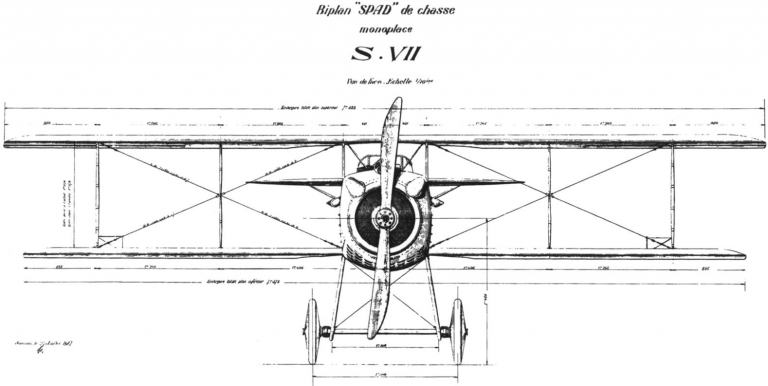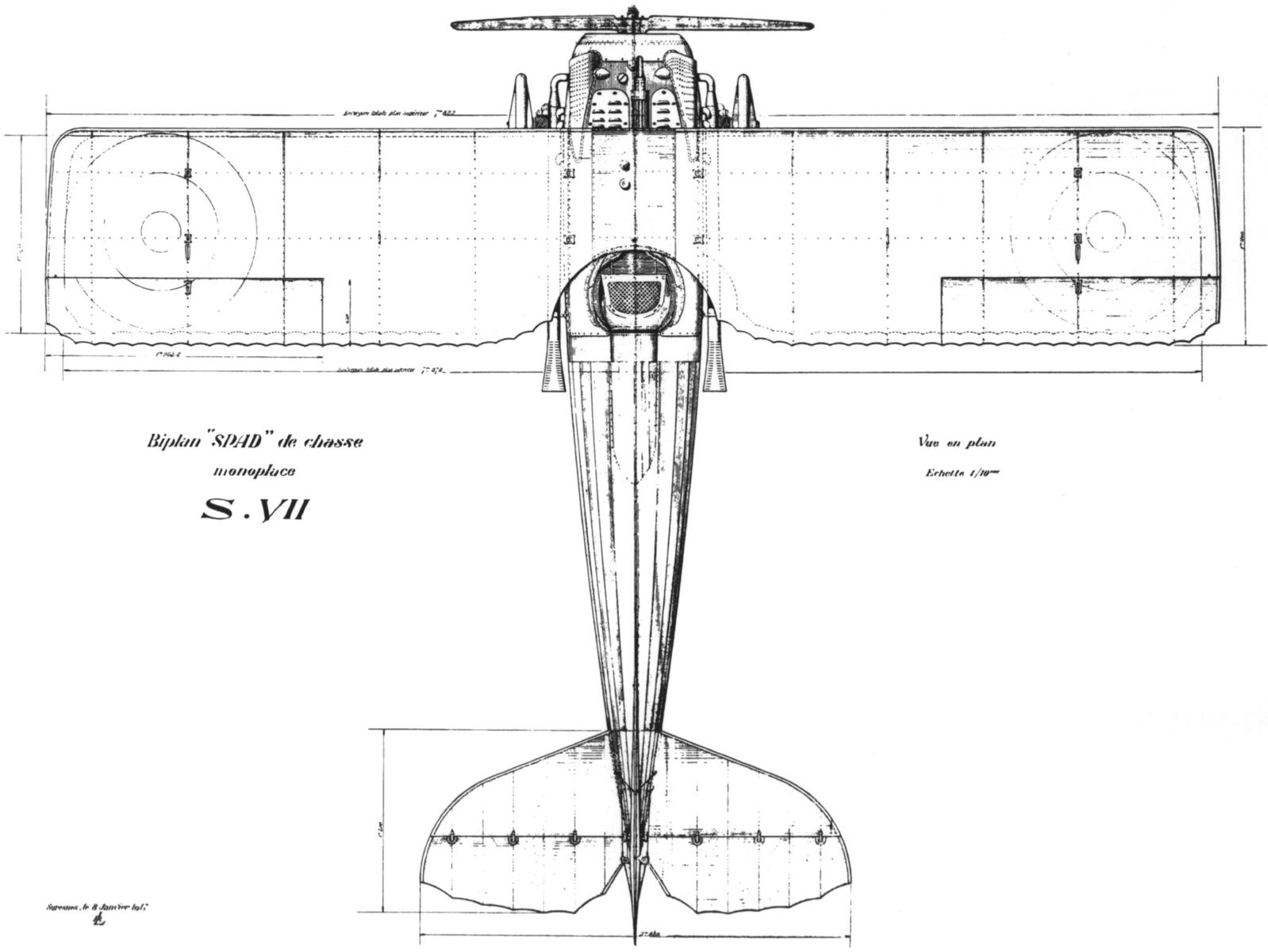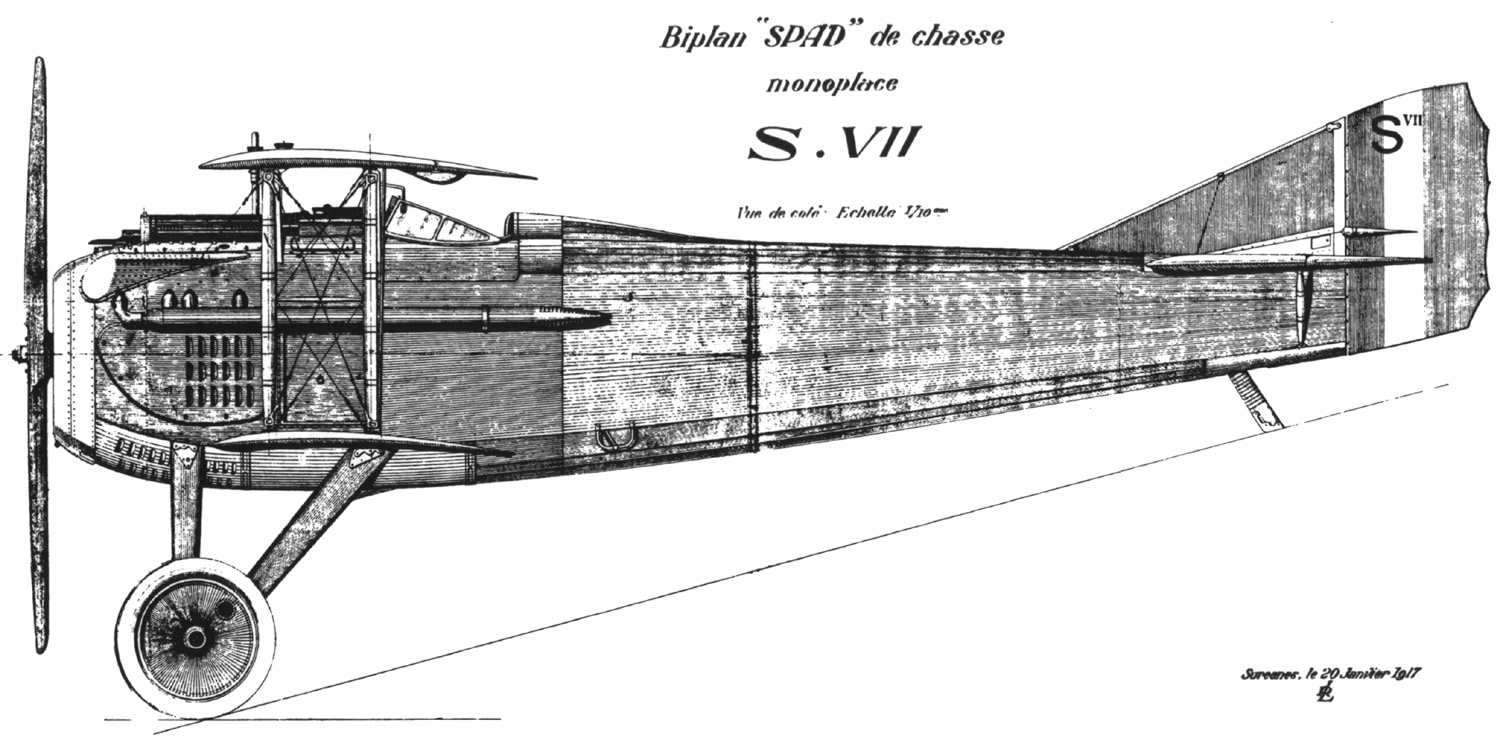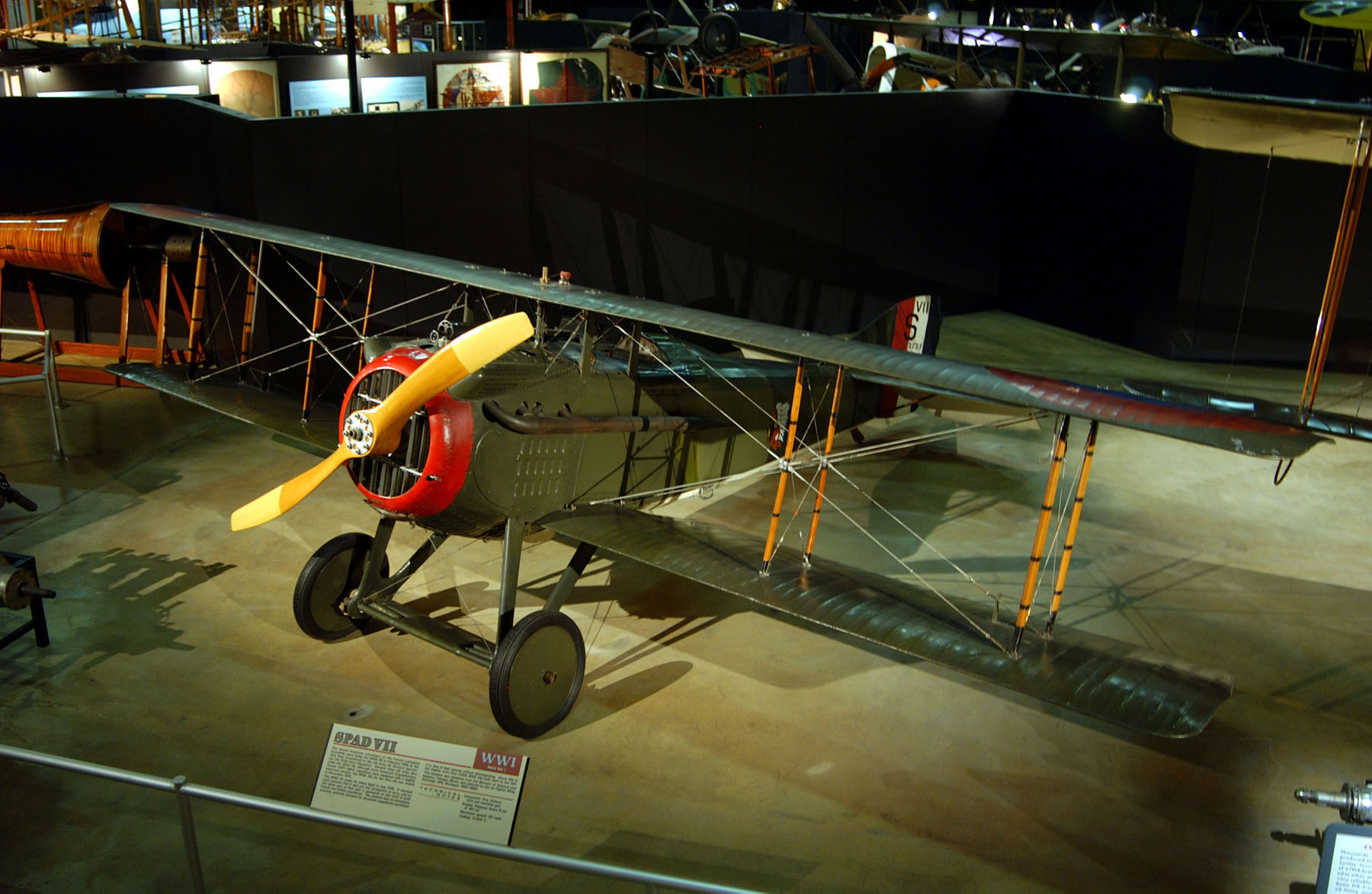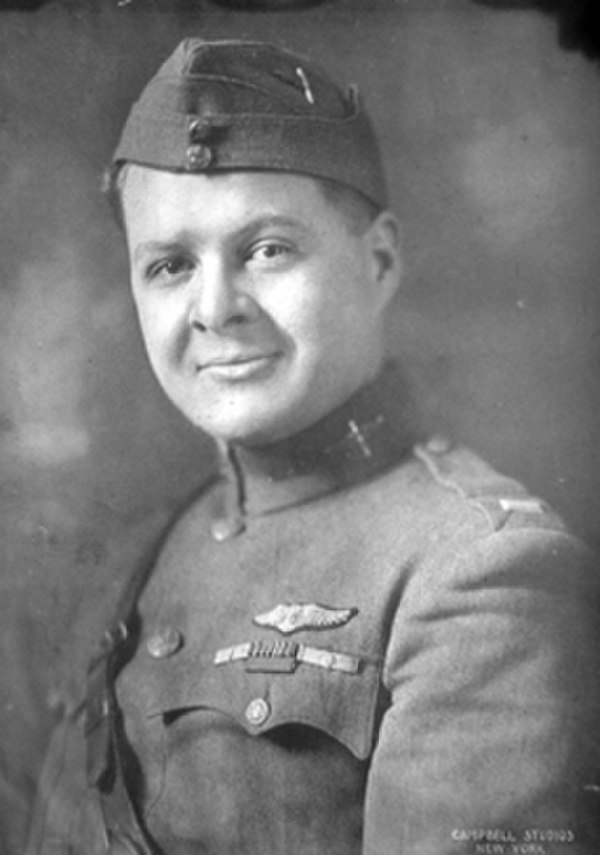
23 April 1918: at 09:55 a.m., near Saint-Gobain, France, 1st Lieutenant Paul Frank Baer, 103rd Aero Squadron (Pursuit), shot down an enemy Albatross C two-place biplane. This was Baer’s fifth victory in aerial combat, making him the first American “ace.” ¹ [Official credit for this shoot-down is shared with Lt. C. H. Wilcox.]
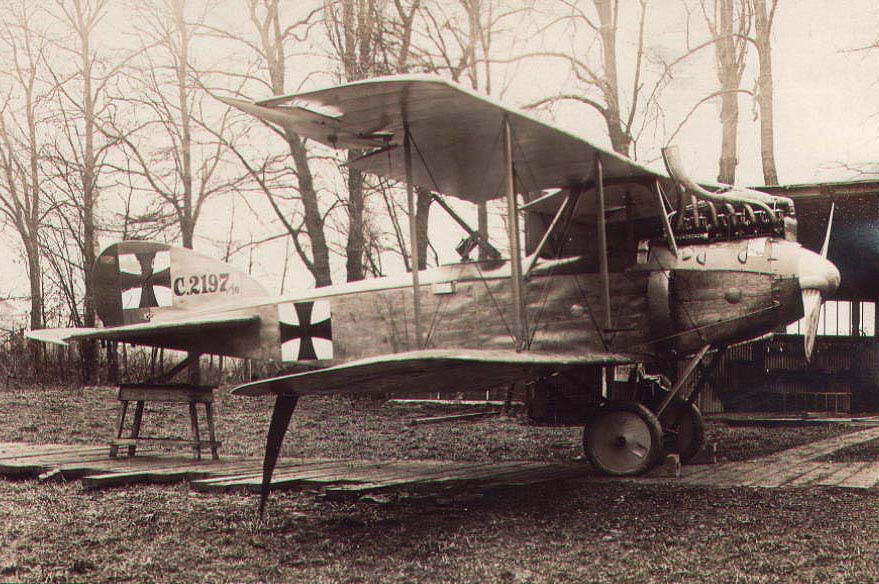
Paul Frank Baer was born 29 January 1894 at Fort Wayne, Indiana, the fourth of four children of Alvin E. Baer, a railroad engineer, and Emma B. Parent Baer.
In 1916, Baer served under Brigadier John J. General Pershing during the Mexican Expedition to capture the outlaw and revolutionary Francisco (“Pancho”) Villa. He then went to France and enlisted the Aéronautique Militaire, in 20 February 1917. He was sent for flight training at the Avord Groupemant des Divisions d’Entrainment (G.D.E.). He graduated as a pilot, 15 June 1917, with the rank of corporal.
After flight training, Corporal Baer was assigned to Escadrille SPA 80, under the command of Capitaine Paul Ferrand, 14 August 1917 to 20 January 1918, flying the SPAD S.VII C.1 and SPAD S.XIII C.1. Baer was next transferred to Escadrille N. 124, the Escadrille Américaine, under Georges Thénault. This unit was equipped with the Nieuport-Delâge Ni-D 29 C1.
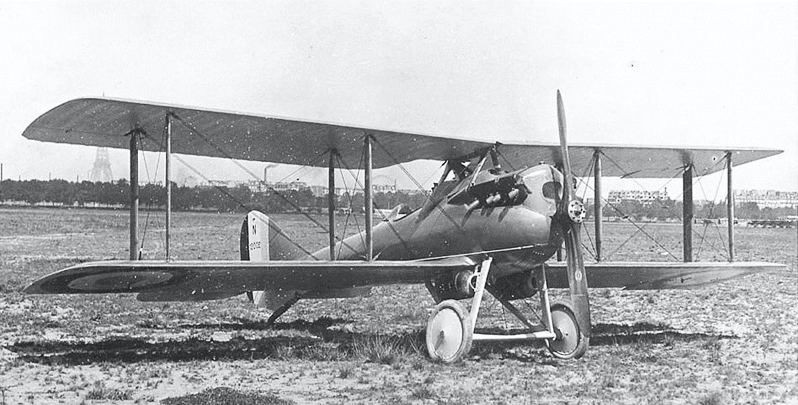
After the United States entered the War, Baer was transferred to the 103rd Aero Squadron, American Expeditionary Forces, and commissioned as a 1st Lieutenant with a date of rank retroactive to 5 November 1917. At that time, the 103rd was under the command of Major William Thaw II, and was operating near La Cheppe, France, flying the SPAD S.VII C.1 chasseur.
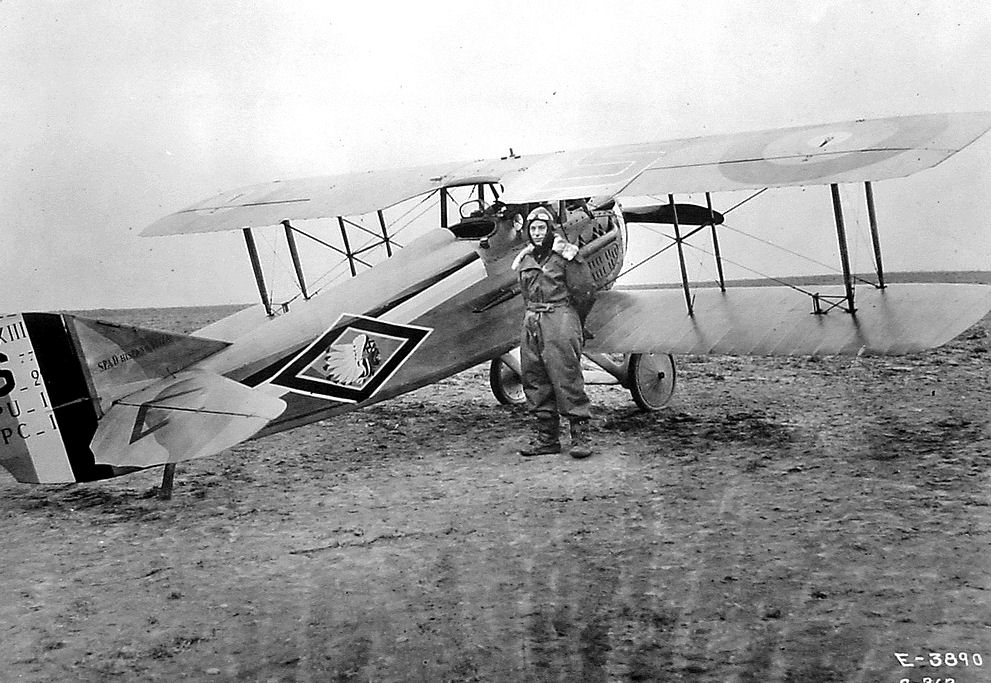
Lieutenant Baer is officially credited by the United States Air Force with 7.75 enemy airplanes shot down between 11 March and 22 May 1918, ² and he claimed an additional 7. (Credit for two airplanes was shared with four other pilots.) After shooting down his eighth enemy airplane on 22 May 1918, Baer and his SPAD S.XIII C.1 were also shot down. He was seriously injured and was captured by the enemy near Armentières and held as a Prisoner of War. At one point, Baer was able to escape for several days before being recaptured.
For his service in World War I, 1st Lieutenant Paul Frank Baer was awarded the United States’ Distinguished Service Cross with one oak leaf cluster (a second award). He was appointed Chevalier de la Légion d’honneur by Raymond Poincaré, the President of France. He was also awarded the Croix de Guerre with seven palms.
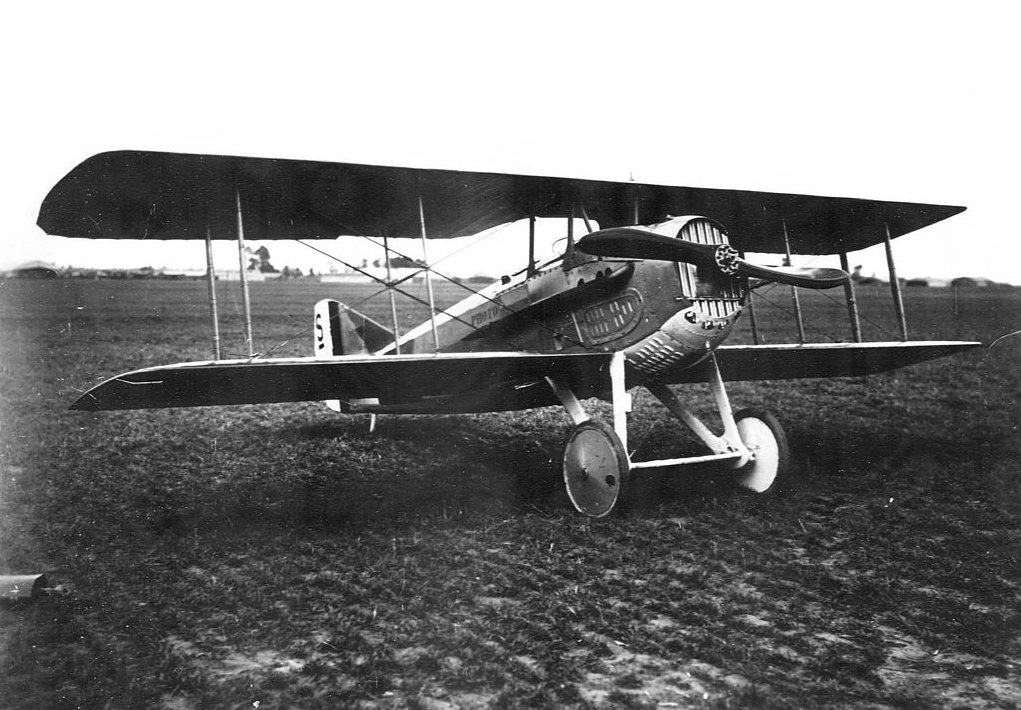
After World War I, Baer, as a “soldier of fortune,” organized a group of pilots to fight against “the Bolsheviks” in Poland. He returned to the United States, departing Boulogne-sur-mer aboard T.S.S. Nieuw Amsterdam, and arriving at New York City, 4 November 1919. He then flew as a test pilot, an air mail pilot in South America, and worked as an aeronautical inspector for the U.S. Department of Commerce, based at Brownsville Airport, Texas. In 1930, he was employed as a pilot for the China National Aviation Corporation.
Baer was flying from Nanking to Shanghai for with an amphibious Loening Air Yacht biplane, named Shanghai. The airplane crashed after striking the mast of a boat on the Huanpu River. He died at the Red Cross Hospital at Shanghai, China, at 9:00 a.m., 9 December 1930. A Chinese pilot, K. F. Pan, and an unidentified female passenger were also killed. General Hsiung Shih-hui and four other passengers on board were seriously injured.
Paul Baer’s remains were returned to the United States aboard S.S. President McKinley and were buried at the Lindenwood Cemetery in Fort Wayne, Indiana.
In 1925 a new airport was opened in Fort Wayne and named Paul Baer Municipal Airport. During World War II, the airport was taken over by the military and designated Baer Army Airfield. It is now Fort Wayne International Airport (FWA).
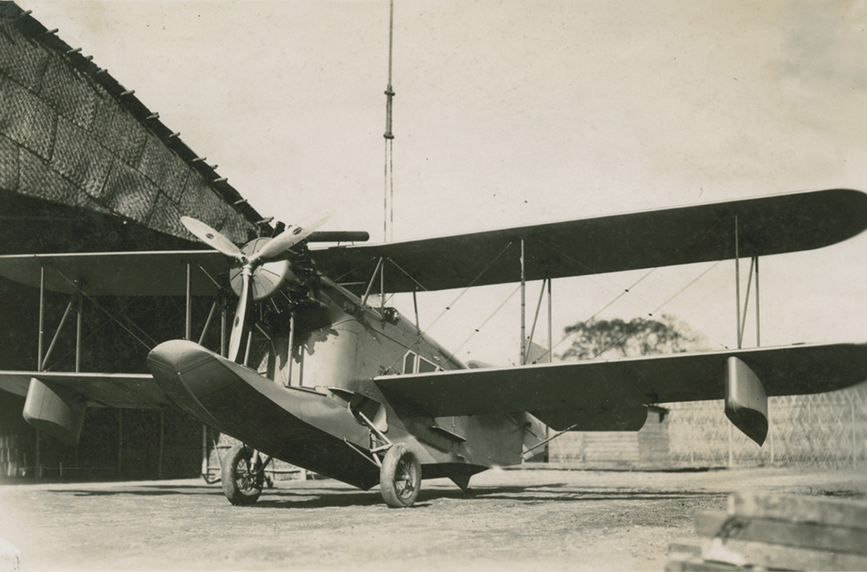
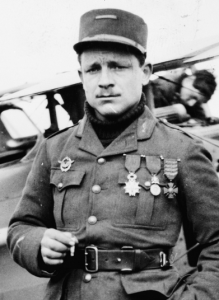
¹ TDiA would like to thank CMSgt Bob Laymon USAF (Ret.) (AKA, “Scatback Scribe”) for pointing out that while Lt. Baer was the first American to become an ace flying in the American service, that,
“The first American Ace was actually Gervais Raoul V. Lufbery, an American immigrant that was serving with the French Air Service when he shot down his 5th German plane in 1916: http://www.veterantributes.org/TributeDetail.php?recordID=903 ”
² U.S. AIR SERVICE VICTORY CREDITS, WORLD WAR I, USAF Historical Study No. 133, Historical Research Division, Air University, Maxwell Air Force Base, Alabama, June 1969, at Page 7
© 2019, Bryan R. Swopes
